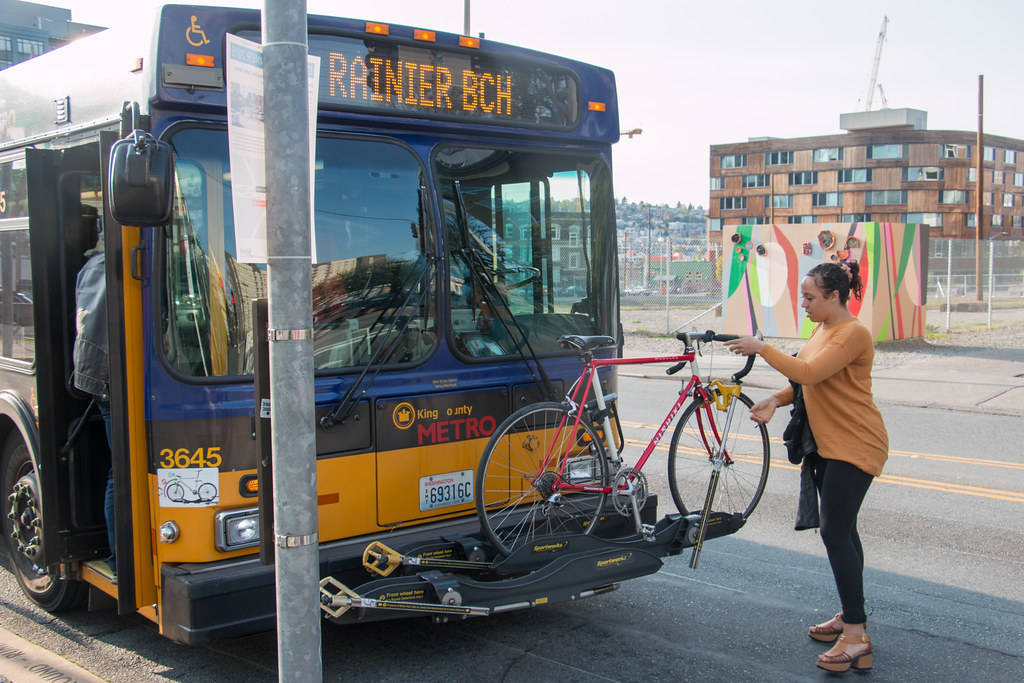美國大西洋沿岸、九個東北和中大西洋州以及哥倫比亞特區決議共同開發更乾淨的運輸系統,以減少擁塞、鼓勵步行、騎自行車和使用大眾運輸,同時支持創新和經濟增長、改善空氣品質,並幫助社區適應極端天氣。
參與的州將設計一項區域低碳運輸政策草案,透過限額與投資計畫或其他定價機制,來限制和減少燃燒運輸燃料產生的碳排放。
每個州都可以將該計畫的收益投資於低碳和更有彈性的交通基礎建設。該計畫的目標包括減少溫室氣體排放、創造經濟機會,並為弱勢和負擔較重族群改善運輸公平性。
上個月底,康乃狄克州、德拉瓦州、馬里蘭州、麻薩諸塞州、紐澤西州、賓州、羅德島州、佛蒙特州、維吉尼亞州和華盛頓特區聯合發表關於這項新政策的聲明。
這些州的州長,有人屬於民主黨籍,也有人屬於共和黨籍,在今日的美國相當罕見地達成超越黨派。
民主黨藉康乃狄克州州長馬洛伊(Dannel Patrick Malloy)說:「由於大約40%的溫室氣體排放來自交通運輸,我們必須加速轉型低碳交通運輸。」
共和黨藉麻薩諸塞州州長貝克(Charlie Baker)表示:「交通運輸是減少碳排放的關鍵,麻州期待與東北部州針對這個重要的地區性措施展開合作。」
警覺到美國各州和社區正經歷氣候變遷的影響,九個東北和中大西洋各州已經設定要在一年內,也就是2019年底,完成政策設計,之後各行政區將決定是否採用和實施該政策。
這些州自2010年以來透過運輸與氣候倡議(TCI)合作。該倡議由華盛頓特區喬治城大學法學院喬治城氣候中心(Georgetown Climate Center)推動。該中心不屬於任何黨派。
運輸排放是大西洋沿岸地區碳污染的最大宗。各州將TCI倡議視為開發乾淨運輸系統的主要市場機會。
參與州表示,新政受到政府間氣候變遷專門委員會(IPCC)去年10月份評估報告的影響。IPCC發現,在未來十年內必須非常積極減排,才能避免公共衛生、基礎建設和環境的災難。
在過去一年中,數十名TCI參與州的官員與約500名利害關係人士舉行了區域公聽會,討論低碳交通目標、需求和政策解決方案。該地區的利害關係人對用以市場為基礎的政策來減少運輸碳排放的潛力有濃厚的興趣。
公眾意見和其他專家政策分析強調,將此類計畫的收益再投資於更乾淨的交通方式,如大眾運輸、大眾運輸導向發展、零排放車輛、創新效率策略以及其他解決方案,可以更有效地移動人員和貨物,同時減少污染。
All along the U.S. Atlantic coast, nine Northeast and Mid-Atlantic states and the District of Columbia have decided to jointly develop cleaner transportation systems that reduce congestion, promote walking, bicycling and transit, support innovation and economic growth, improve air quality, and help communities become resilient to extreme weather.
The participating states will design a regional low-carbon transportation policy proposal to cap and reduce carbon emissions from the combustion of transportation fuels through a cap-and-invest program or other pricing mechanism.
Each state can invest proceeds from the program into low-carbon and more resilient transportation infrastructure.
The goals of the program include reducing climate-changing emissions, creating economic opportunity, and improving transportation equity for currently underserved and overburdened populations.
A joint statement outlining the new policy, issued late last month, has been endorsed by Connecticut, Delaware, Maryland, Massachusetts, New Jersey, Pennsylvania, Rhode Island, Vermont, Virginia, and Washington, DC.
These states are headed by both Democratic and Republican governors – making this move truly bipartisan, a rarity in today’s United States.
Connecticut Governor Dannel Patrick Malloy, a Democrat, said, “With the approximately 40 percent of our greenhouse gas emissions coming from the transportation sector, we must accelerate our transition to a low-carbon transportation future.”
Massachusetts Governor Charlie Baker, a Republican, said, “The transportation sector is key to reducing carbon emissions, and Massachusetts looks forward to working with its partner states across the Northeast on this very important regional initiative.”
Because they recognize that states and communities across the United States are already experiencing the impacts of climate change, the nine Northeast and Mid-Atlantic states have set a goal of completing the policy design process in one year – by the end of 2019. Afterwards, each jurisdiction will decide whether to adopt and implement the policy.
Since 2010, these states have collaborated through the Transportation and Climate Initiative, TCI, facilitated by the nonpartisan Georgetown Climate Center, a part of Georgetown Law in Washington, DC.
Emissions from transportation account for the largest portion of the Atlantic coast region’s carbon pollution. The states see the TCI initiative as a major, market-based opportunity to develop cleaner transportation systems.
The states said they are motivated by the findings of a report issued in October by the Intergovernmental Panel on Climate Change. The IPCC found that ambitious reductions are needed within the next decade to avoid dangerous impacts to public health, infrastructure, and the environment.
Over the past year, dozens of TCI state officials have held regional listening sessions with some 500 stakeholders to discuss low-carbon transportation goals, needs, and policy solutions. Stakeholders in the region have expressed strong interest in the potential for establishing a market-based policy to reduce carbon emissions from the transportation sector.
Public input and other expert policy analyses underscore the potential economic, environmental, and public health benefits of reinvesting the proceeds from such a program into more clean transportation options – public transit, transit-oriented development, zero-emission vehicles, innovative efficiency strategies, and other solutions that move people and goods more efficiently while generating less pollution.
※ 全文及圖片詳見:ENS







